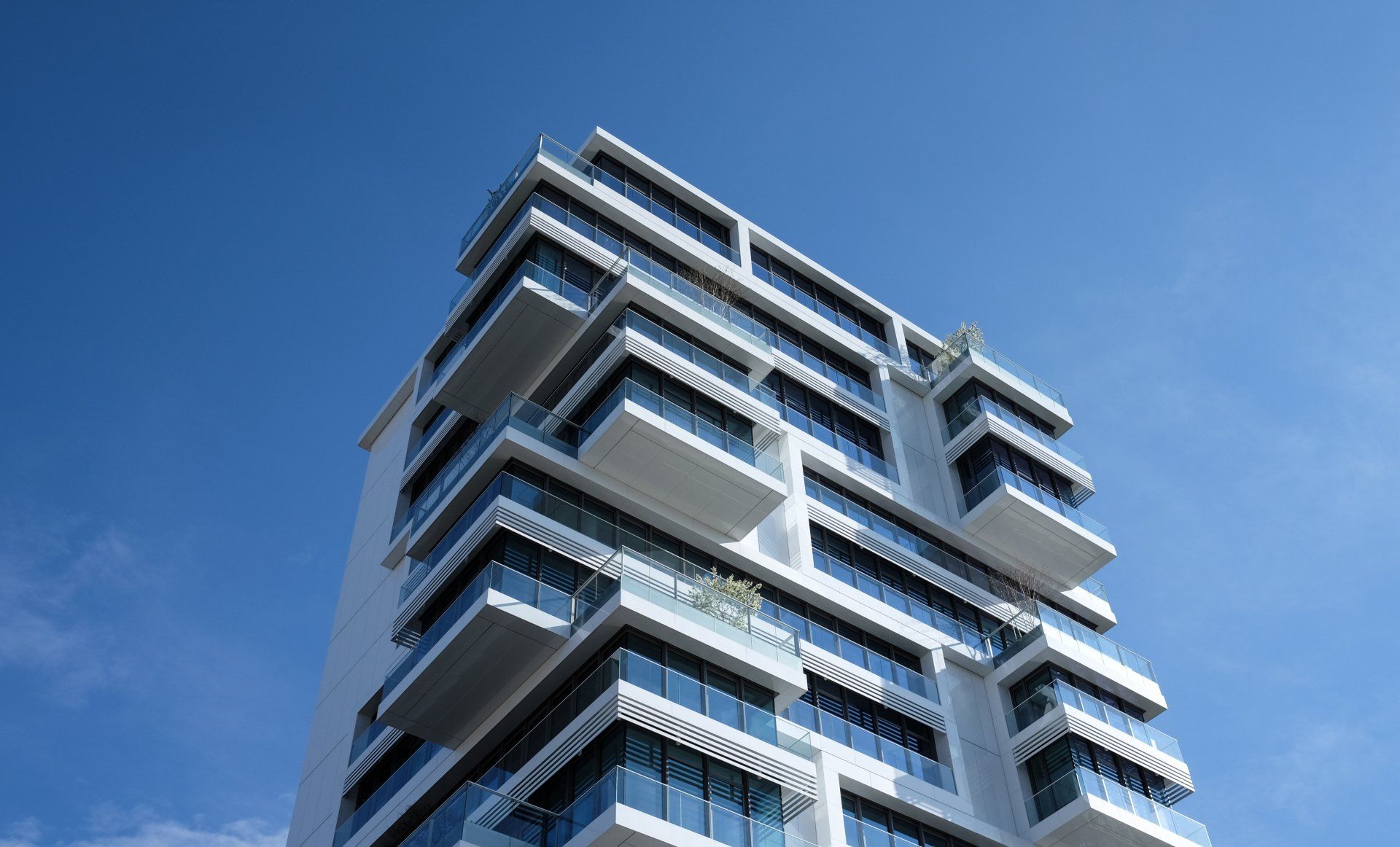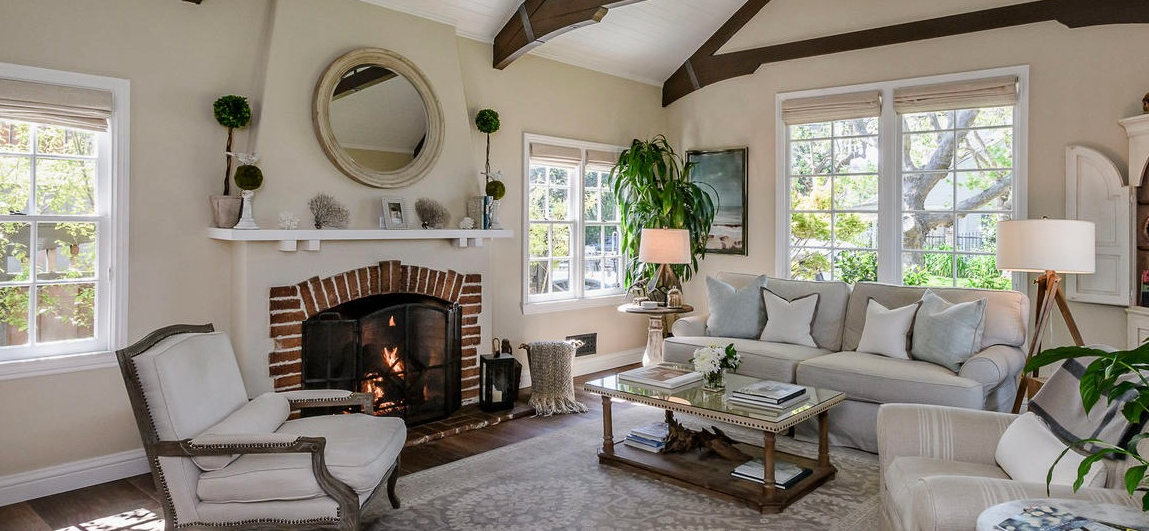The Power of Proposition 19
Since 1978, California homeowners have benefitted from Proposition 13, which limits the yearly property tax increase, regardless of the increased value of the home. Property values have skyrocketed in many California cities by over 200% since the early 2000’s. So, you may be hesitant to sell and buy another home in California given that State and local taxes are typically calculated at 1.2%-1.3% of the purchase price. But there is a way to make that desired move without a jump in your property taxes.
If you're 55 or older and own a home in California, Proposition 19, also known as the "Home Protection for Seniors, Severely Disabled, Families, and Victims of Wildfire or Natural Disasters Act, which passed in November 2020, has brought significant changes to property taxes for certain groups.
Under the old Proposition 60/90, homeowners aged 55 and above could transfer the tax base of their primary residence when moving within the same county or one of 10 California counties. Proposition 19 expanded this exemption, allowing eligible homeowners to transfer their assessed value to a new home anywhere in California, even if it's in a different county. And you can take advantage of Proposition 19 up to three times!
For homeowners aged 55 or older looking to move within California, Proposition 19 can lead to substantial property tax savings. It also offers provisions to help those affected by natural disasters. Consult with a tax professional to determine your eligibility for the base year value transfer.
These changes took effect on and after April 1, 2021. Proposition 19 allows eligible homeowners to transfer their current taxable value to a new primary residence anywhere in California within two years of selling their original home.
Key takeaways:
- Seniors over 55 can move up to three times in California while keeping their low property tax basis.
- If the replacement home is more expensive, there will be a slight adjustment, but taxes will still be considerably lower due to the transferred original tax value.
- Property tax transfers do not happen automatically; homeowners need to fill out an application form.
Additionally, Proposition 19 modified rules for inheriting property. The parent-child transfer and grandparent to grandchild transfer still applies but only if the new owner uses the property as their primary residence. If the property becomes a rental or vacation home, it will be reassessed at its current market value. Consulting a tax professional is recommended. Let us know if we can assist you.












